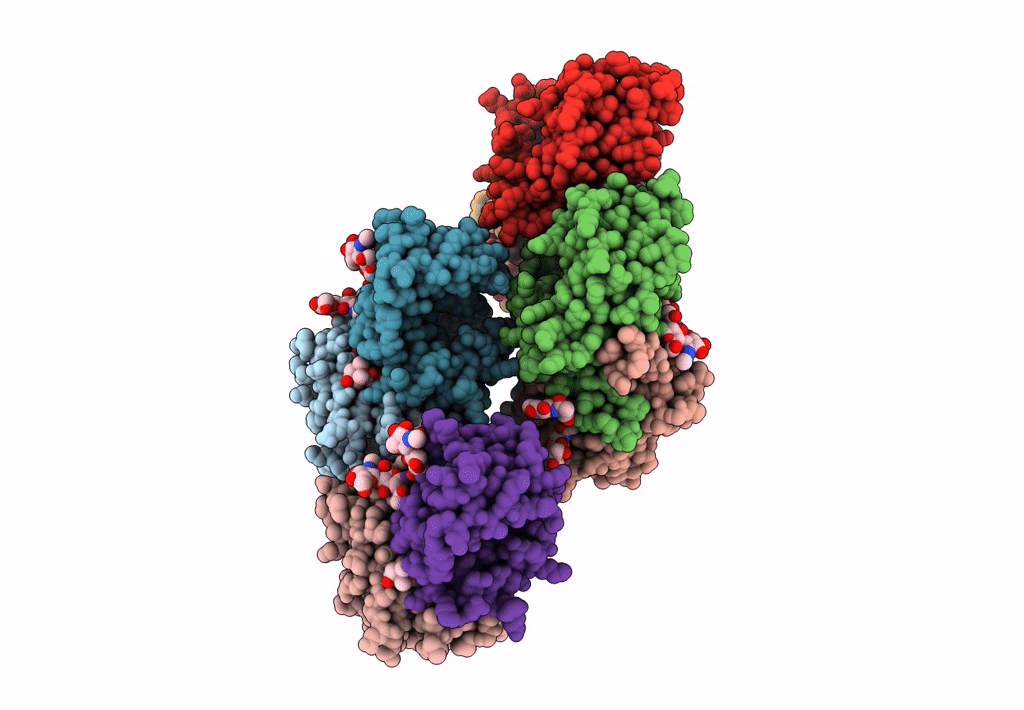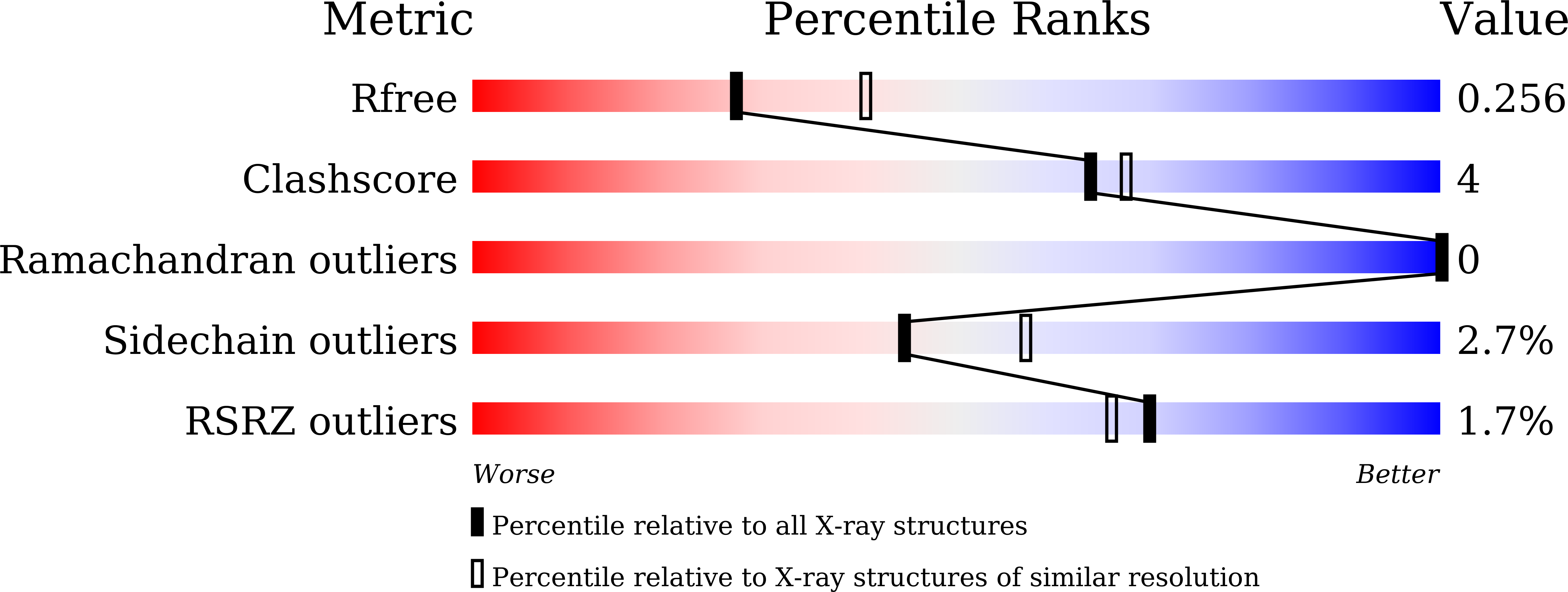
Deposition Date
2023-01-16
Release Date
2023-08-16
Last Version Date
2024-11-13
Entry Detail
PDB ID:
8I34
Keywords:
Title:
The crystal structure of EPD-BCP1 from a marine sponge
Biological Source:
Source Organism:
Haliclona sp. (Taxon ID: 34490)
Method Details:
Experimental Method:
Resolution:
2.44 Å
R-Value Free:
0.24
R-Value Work:
0.20
Space Group:
P 1 21 1


